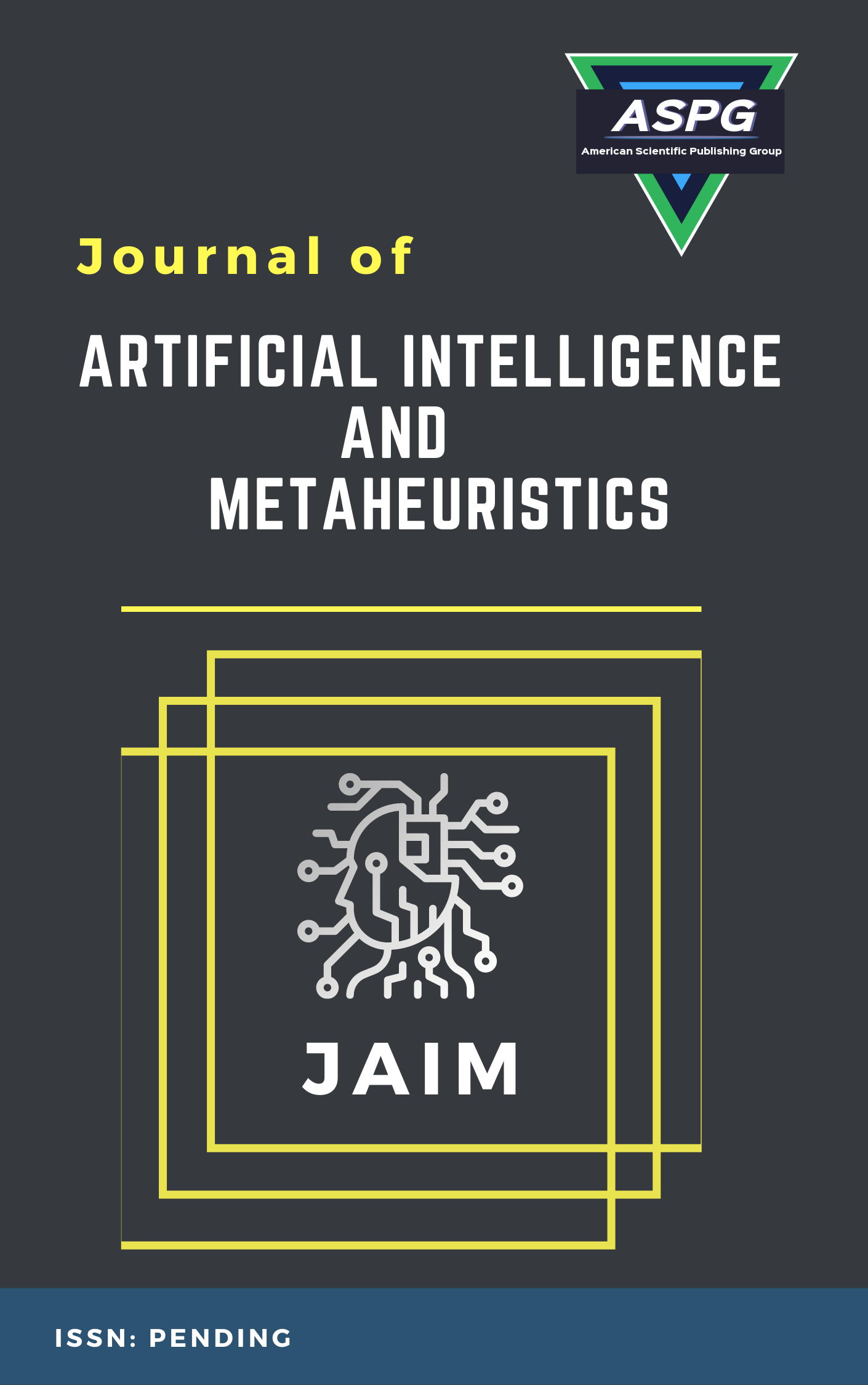

Volume 3 , Issue 2 , PP: 28-37, 2023 | Cite this article as | XML | Html | PDF | Full Length Article
S. K. Towfek 1 * , Ehsaneh khodadadi 2 , Fatma M. Talaat 3
Doi: https://doi.org/10.54216/JAIM.030203
The accurate and timely segmentation of COVID-19 infection areas from CT scans is crucial for effective diagnosis and treatment planning. In this paper, we propose an automated approach utilizing machine learning techniques for COVID-19 infection segmentation. The proposed framework utilizes a convolutional neural network (CNN) architecture to extract informative features from CT scan images. These features are then fed into a segmentation model, which employs a combination of U-Net and attention mechanisms for accurate delineation of infection regions. To enhance the model's performance, we employ a transfer learning strategy by pretraining the CNN on a large dataset of general medical images. To evaluate the effectiveness of our approach, we conducted experiments on a diverse dataset consisting of CT scans from COVID-19 patients. The results demonstrate the superiority of our method in accurately segmenting infection areas, achieving an average Dice coefficient of 0.92 and a Jaccard index of 0.88. The proposed automated segmentation method offers significant potential for aiding radiologists and clinicians in identifying COVID-19 infection regions from CT scans rapidly and accurately. It can contribute to improved diagnosis, patient management, and treatment planning in the fight against the ongoing pandemic.
Machine Learning (ML) , COVID-19 , Lung Segmentation , Computed Tomography , , Lesion Segmentation.
[1] Zhang, Hai-tao, et al., Automated detection and quantification of COVID-19 pneumonia: CT imaging analysis by a deep learning-based software. European journal of nuclear medicine and molecular imaging 47, 2525-2532, 2020.
[2] Medhi Kishore, Md Jamil, and Md Iftekhar Hussain, Automatic detection of COVID-19 infection from chest X-ray using deep learning. Medrxiv, 2020.
[3] Ding W., Abdel-Basset M., & Hawash H., RCTE: A reliable and consistent temporal-ensembling framework for semi-supervised segmentation of COVID-19 lesions. Information sciences, 578, 559-573, 2021.
[4] Shoeibi A., Khodatars M., Alizadehsani R., Ghassemi N., Jafari M., Moridian P., Gorriz J. M., Automated detection and forecasting of covid-19 using deep learning techniques: A review. arXiv preprint arXiv:2007.10785, 2020.
[5] Ding W., Abdel-Basset M., Hawash H., & Elkomy O. M., Mt-ncov-net: a multitask deep-learning framework for efficient diagnosis of covid-19 using tomography scans. IEEE Transactions on Cybernetics, 2021.
[6] Gozes Ophir, Maayan Frid-Adar, Hayit Greenspan, Patrick D. Browning, Huangqi Zhang, Wenbin Ji, Adam Bernheim, and Eliot Siegel, Rapid ai development cycle for the coronavirus (covid-19) pandemic: Initial results for automated detection & patient monitoring using deep learning ct image analysis. arXiv preprint arXiv: 2003.05037, 2020.
[7] Lokwani, Rohit, et al., Automated detection of COVID-19 from CT scans using convolutional neural networks. arXiv preprint arXiv:2006.13212, 2020.
[8] Hasan M. J., Alom M. S., & Ali M. S., Deep learning based detection and segmentation of COVID-19 & pneumonia on chest X-ray image. In 2021 International Conference on Information and Communication Technology for Sustainable Development (ICICT4SD), 210-214, 2021.
[9] Ding W., Abdel-Basset M., Hawash H., & Elkomy O. M., Mt-ncov-net: a multitask deep-learning framework for efficient diagnosis of covid-19 using tomography scans. IEEE Transactions on Cybernetics, 2021.
[10] Rohila V. S., Gupta N., Kaul A., & Sharma, D. K., Deep learning assisted COVID-19 detection using full CT-scans. Internet of Things, 14, 100377, 2021.
[11] Zhao C., Xu Y., He Z., Tang J., Zhang Y., Han J., Zhou W., Lung segmentation and automatic detection of COVID-19 using radiomic features from chest CT images. Pattern Recognition, 119, 108071, 2021.
[12] Abdar Abolfazl Karimiyan, et al., Automatic detection of coronavirus (COVID-19) from chest CT images using VGG16-based deep-learning. 2020 27th National and 5th International Iranian Conference on Biomedical Engineering (ICBME), 2020.
[13] Rahman Sejuti, et al., Deep learning–driven automated detection of Covid-19 from radiography images: A comparative analysis. Cognitive Computation, 1-30, 2020.
[14] Abdel-Basset M., Chang V., Hawash H., Chakrabortty R. K., & Ryan, M., FSS-2019-nCov: A deep learning architecture for semi-supervised few-shot segmentation of COVID-19 infection. Knowledge-Based Systems, 212, 106647, 2021.
[15] Abdel-Basset M., Hawash H., Moustafa N.,Elkomy O. M., Two-stage deep learning framework for discrimination between COVID-19 and community-acquired pneumonia from chest CT scans. Pattern recognition letters, 152, 311-319, 2021.
[16] Castiglione Aniello, et al., Covid-19: automatic detection of the novel coronavirus disease from ct images using an optimized convolutional neural network. IEEE Transactions on Industrial Informatics 17(9), 6480-6488, 2021.
[17] Ding W., Abdel-Basset M., Hawash H., Elkomy, O. M., Mt-ncov-net: a multitask deep-learning framework for efficient diagnosis of covid-19 using tomography scans. IEEE Transactions on Cybernetics, 2021.
[18] Ma Jun, et al., Towards Data-Efficient Learning: A Benchmark for COVID-19 CT Lung and Infection Segmentation. arXiv preprint arXiv:2004.12537, 2020.